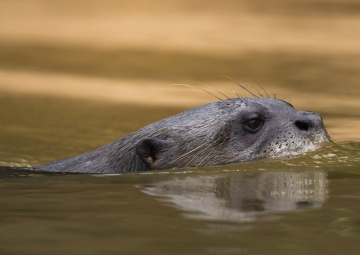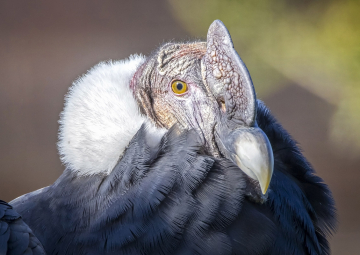THEORY
Operant conditioning and classical conditioning

To know how conditioning works, we must inevitably talk about two very significant people within what is learning and behavioral. The Russian physiologist Ivan Pavlov (1849-1936) and the American behavioral psychologist Burrhus Frederic Skinner (1904-1990)
Pavlov made it possible for behaviorism to appear, although who made all his ideas known in the world was John B. Watson, many years later, because Pavlov’s experiments had been carried out in the Soviet Union. Initially Pavlov’s intention was not to study learning, but the salivation of dogs.
After repeated trials, what caught his attention was that dogs secreted saliva, whether he fed them or not, because the animals had learned that when Pavlov came in, they would get their food. As a result, the physiologist devised the famous bell experiment, and that is when the classical conditioning was born.
But what is classical conditioning?
Classical conditioning, or Pavlovian, is a learning that involves automatic or reflective responses, being a connection between a new stimulus and an existing reflex. It is a type of learning according to which an originally neutral stimulus, which does not provoke a response, can now provoke it thanks to the associative connection of this stimulus with which it normally provokes such a response.
And since sometimes a picture is worth a thousand words, let’s look at this video, and see if that clears it up.
{youtube}https://youtu.be/F8er-cNVKyo{/youtube}
And hoping that after this video we have more clarity on classical conditioning, let’s talk about Skinner and operant conditioning.
Skinner’s theory of operant conditioning is strongly influenced by the conditioned reflexes of Pavlov, and the psychologist Edward Thorndike, who proposed what he called the law of effect. In accordance with this principle, desirable actions are more likely to be repeated when followed by a positive consequence, while unwanted actions are less likely to occur if ignored.
Skinner believed that it was possible to explain the behavior of individuals as a set of physiological response conditioned by the environment, and he devoted himself to the study of the possibilities offered by the scientific control of behavior by means of reinforcement techniques.
Among many of his experiments we have the famous Skinner’s box, here we can see some examples of how his experiments were.
{youtube}https://youtu.be/DmxMPL8Ma74{/youtube}
Skinner distinguished between two different types of behaviors, instinctive responses and operant behaviors.
-
Instinctive behaviors are those that occur automatically and reflexively: blinking, yawning, sneezing, etc.
-
Operant are the active behaviors that operate in the environment to generate consequences.
So what’s operant conditioning?
It is a type of learning in which behaviors are altered by the consequence that follows. The actions followed by the reinforcement will tend to be repeated. Conversely, unwanted actions will be weakened and less likely to happen again in the future by being ignored.
This is a short introduction to the history of classical and operant conditioning. In future articles we will break down and explain conditioning in detail.
And remember, If it’s possible…WeZooit!.
SHARE
For any questions, contact us.


















